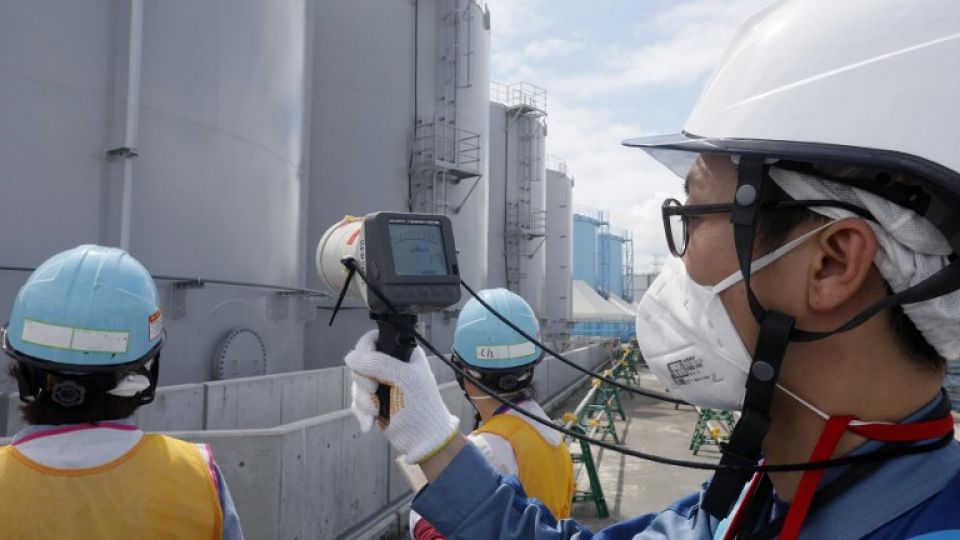July 26, 2019
Clean up operations have been ongoing within the area but nuclear debris has been left sealed.
The government and Tokyo Electric Power Company Holdings, Inc. plan to start removing nuclear fuel debris — a mixture of melted nuclear fuel and parts of the reactor — from the No. 2 reactor of the Fukushima No. 1 nuclear power plant in 2021, The Yomiuri SHimbun has learned.
An agency that advises the government on the technical aspects of decommissioning work will release as early as August an overview of its Technical Strategic Plan — which includes the debris removal plan — and begin to hash out the details of the work. Preparation has thus begun in earnest on the removal of debris, an operation that will determine the success or failure of decommissioning.
Decommissioning work is taking place at the three reactors of the Fukushima No. 1 nuclear plant that experienced meltdowns due to the massive tsunami following the Great East Japan Earthquake in March 2011. At the No. 2 reactor, pebble-like deposits believed to be nuclear fuel debris were found at the bottom of the containment vessel, and then gripped and moved using a device. At the No. 1 reactor, an internal probe to confirm the existence of debris has not yet been conducted because of the high radiation level outside the containment vessel. At the No. 3 reactor, the high water level inside the containment vessel makes it difficult to remove debris.
The Nuclear Damage Compensation and Decommissioning Facilitation Corporation — the aforementioned agency that will make technical proposals to the government — determined that debris can be removed more safely and reliably at the No. 2 reactor than at the other reactors. The agency plans to specify that debris removal work will first take place at the No. 2 reactor in its Technical Strategic Plan.
The government and TEPCO will then make the official decision this fiscal year to begin removing debris at the No. 2 reactor in 2021. They plan to include the decision in the government’s road map for decommissioning work. They will collect a small amount of debris on a trial basis to determine the challenges of removal in the second half of this fiscal year.Speech


